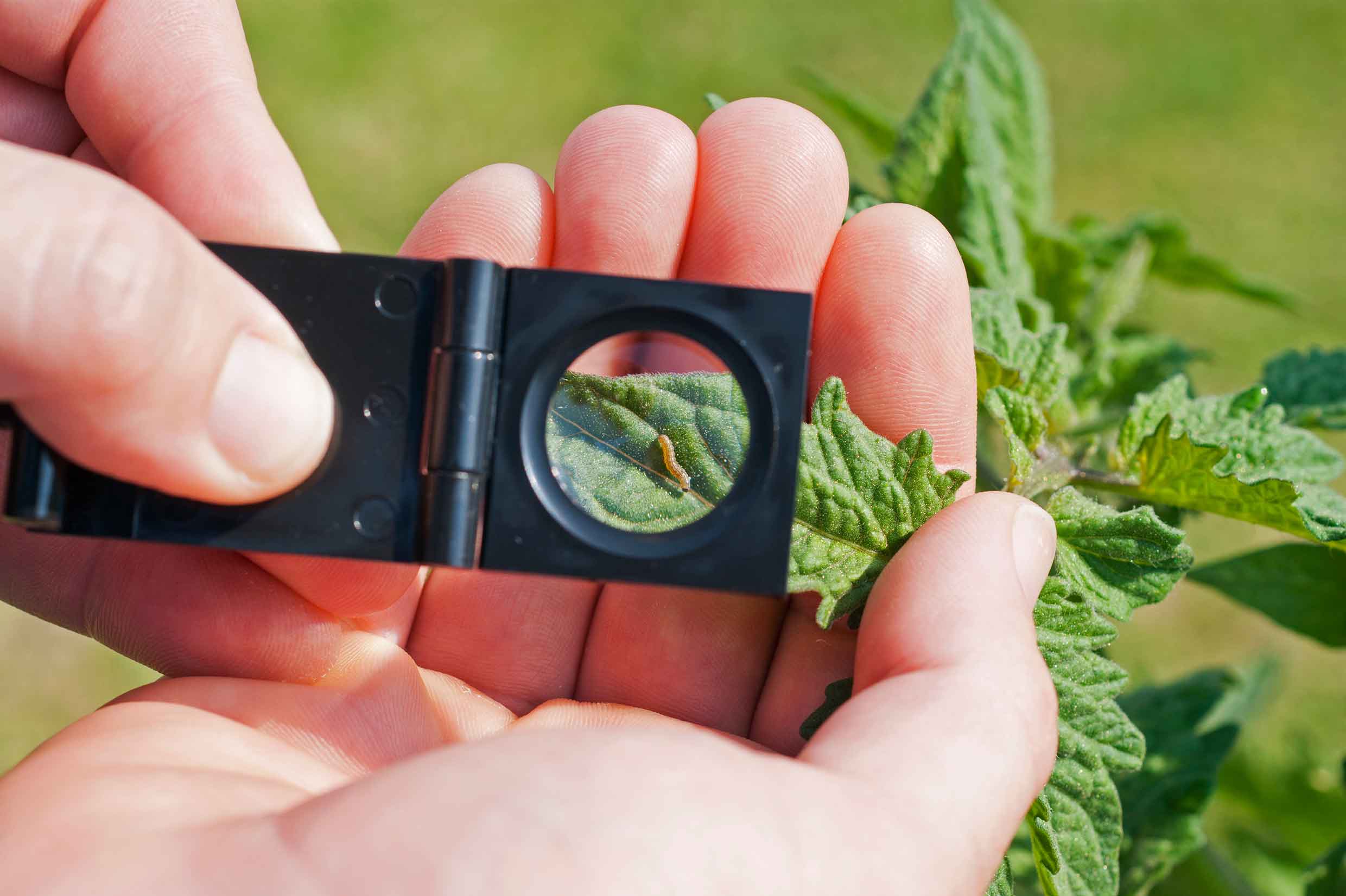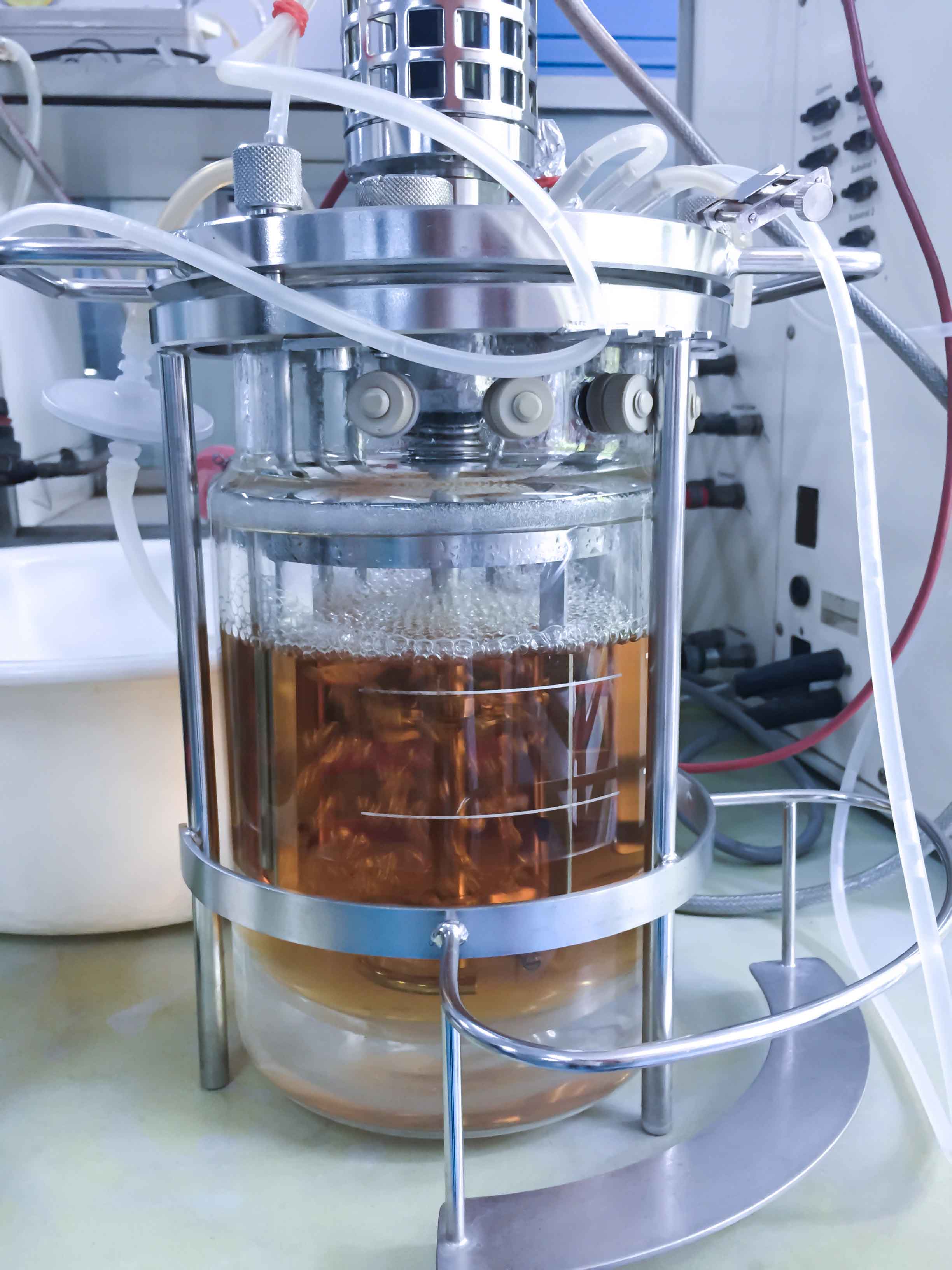Assuring crop yields with bioengineered pheromones
Conventional pesticides are criticized for being toxic to the environment, leaving residues on food and having a negative impact on beneficial organisms and biodiversity. At the same time, efficient crop protection is becoming increasingly important because sufficient yields must be ensured to meet the demands of the growing world population. A sustainable solution is called for.



The EU-funded “OLEFINE” project is developing a sustainable approach to this challenge. An alternative to conventional insecticides is the use of pheromones*. Pheromones released during crop growth prevent male insects from finding their female partners, thus preventing reproduction. The larvae, which are the actual pests causing crops to fail, are therefore present in much lower numbers. Insect pheromones are not harmful to the farmer who uses them, nor to pollinating insects. In addition, no residues are left on the plants when they are harvested. The concept of using pheromones to protect plants is not new. Unfortunately, manufacturing them by conventional chemical synthesis is very expensive and often harmful to the environment. The OLEFINE team is developing a solution to this dilemma: their aim is to produce pheromones with the aid of biotechnology. Yeast cells use fermentation processes to convert renewable raw materials into pheromones in an affordable and sustainable way, similar to the way beer, enzymes and certain drugs are commonly produced.
In the international consortium, the Department of Life Cycle Engineering is responsible for assessing the sustainability of the products developed in the project. Based on life cycle assessment models, the environmental impact of pheromone production and ways of reducing it are being examined. The department is also comparing the environmental effects of conventional pesticide production with those of pheromone production. Likewise, the pheromones are being assessed in their use phase, i.e. when they are sprayed on crops, and their impact on the environment compared to that of conventional pesticides.
This makes it possible to estimate the reduction in environmental pollution by using pheromones in the field. Important aspects include the need for less machinery during application, higher yields and the avoidance of toxic products. To make a comprehensive sustainability assessment, the effects of products on biodiversity are also considered and a technical-economic breakdown performed.
To this end, methods developed by the department are being adapted and extended, such as the Biodiversity Impact Assessment (BIA) method. This allows a quantitative representation of the effects of land-use processes on biodiversity in order to evaluate them in the context of life cycle assessments.
* A scent produced and secreted by animals and humans that influences the metabolism and behavior of other individuals of the same species.